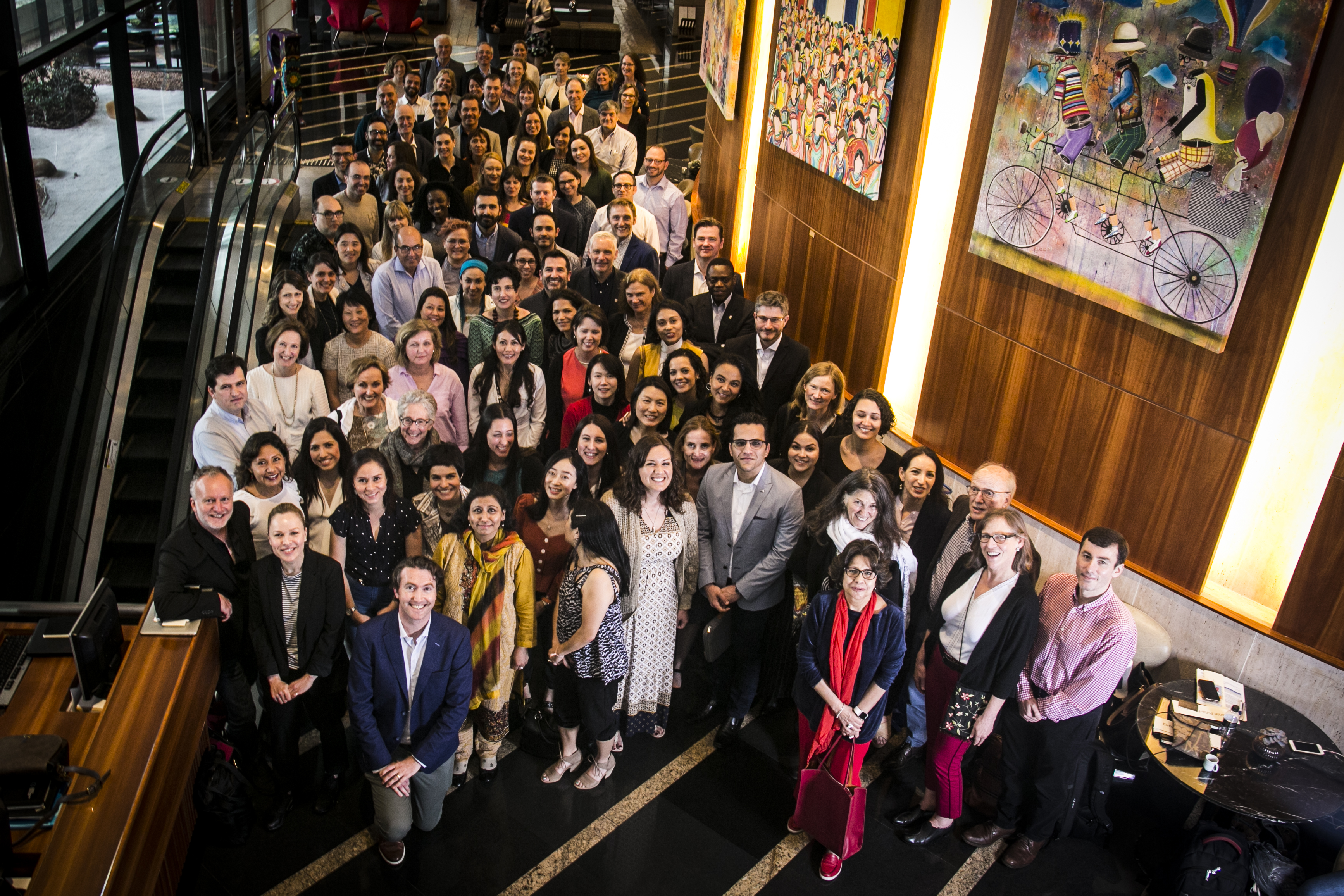Unraveling Mechanisms of Dementia in Diverse Populations Using Affordable Neurotechnologies
This perspective, by Carlos Coronel and Agustín Ibáñez, discusses how combining computational methods and low-cost neurotechnologies can develop affordable new biomarkers for dementia and personalized approaches for research, especially in underserved communities.

The figure has been designed by artificial intelligence under the supervision of the authors Carlos Coronel (Atlantic Fellow), and Agustín Ibáñez (Altantic Fellow, GBHI faculty member and Director of BrainLat—the Latin American Brain Health Institute).
Computational Brain Health for All
Imagine a world where cutting-edge brain research is not confined to high-tech labs in rich countries but extends to the rest of the world. Despite the global prevalence of neurodegenerative diseases, our understanding and diagnostic capabilities have long been limited, benefiting just a fraction of those affected. However, recent advancements in computational modeling and the integration of affordable techniques like electroencephalography (EEG) present an unprecedented opportunity. Brain health, traditionally marred by the lack of unified principles, can now look to physics for inspiration to make better use of datasets, providing robust biomarkers for dementia and other brain disorders.
Artificial In Silico Brains and Human Diversity
Firstly, we assembled data from participants from multiple countries, from the ReDLat and EuroLad-EEG consortia, to develop computational models to characterize shared global brain dynamics affected by dementia across diverse socioeconomic settings. These data included countries poorly represented in dementia research, and our commitment was to find specific and affordable biomarkers for dementia in these underserved populations. We worked with a total number of 332 participants, including healthy controls and patients with Alzheimer's Disease (AD) and behavioral variant frontotemporal dementia (bvFTD).
We took inspiration from the physical concept of emergent properties in complex systems, using the method of metaconnectivity to find novel and robust EEG biomarkers for dementia. Metaconnectivity seeks to capture high-order interactions in the brain, that is, interactions between more than two brain regions simultaneously. The brain is more than the sum of its parts, and we can lose valuable information about brain activity when we just look at paired interactions, as in the classical approach to brain connectivity.
To understand high-order interactions in brain health, we can imagine the brain's activity as a liquid: a healthy brain flows smoothly like water, enabling swift, coordinated movements. In contrast, a brain affected by dementia becomes sluggish, its processes thick and viscous like oil, hindering cognitive and physical coordination. That was our first finding using metaconnectivity: brain dynamics in dementia become more viscous. This approach also allowed us to discriminate patients from healthy controls effectively. Using machine learning, we classified the patients with an accuracy close to 100%, showing that metaconnectivity may be a promising and affordable biomarker for dementia, robust even in diverse samples.
But why does the brain become more viscous in dementia? To explore this phenomenon, we used generative models of brain activity to propose two general mechanisms observed in previous studies: an excitation/inhibition disbalance and structural disintegration of the brain activity. We also identified key brain regions that can be used as therapeutic targets in patients with AD and bvFTD using models' perturbation (stimulating and inhibiting brain regions in silico). For example, using deep brain and transcranial magnetic stimulations, in natural experimental settings, helped to identify key brain regions that bring about the transitions from disease to healthy states and vice versa.
Our computational model, combining diversity assessment, multimodal neuroimaging, and computational modeling, provides a novel agenda for future research. The proposed mechanisms, derived from our generative and in-silico model perturbations, also lay the groundwork for developing personalized brain models.
Open Science to Fight Research Inequalities
Our approach has a broader aim of facilitating and accelerating scientific research worldwide. By releasing the codes of our new model, we aim to foster an open science framework for computational methods in brain health. This initiative is mainly geared towards accelerating and democratizing science in regions traditionally underrepresented in brain health research, such as Latin American countries. In the future, we hope to extend this framework via Global Brain Health Institute networks, combining open science, mentoring, and community-of-practice approaches. Collaborative efforts to improve our understanding of brain function in both health and disease can lead to innovative discoveries in neuroscience and dementia worldwide, especially, but not exclusively, in countries under development.
Publication: Viscous dynamics associated with hypoexcitation and structural disintegration in neurodegeneration via generative whole-brain modeling. https://doi.org/10.1002/alz.13788
Authors

Carlos Coronel, PhD
Neuroscientist

Agustín Ibáñez, PhD
Neuroscientist


